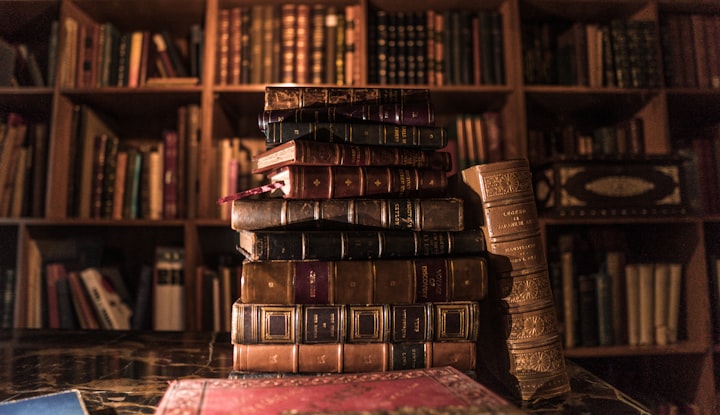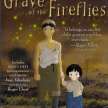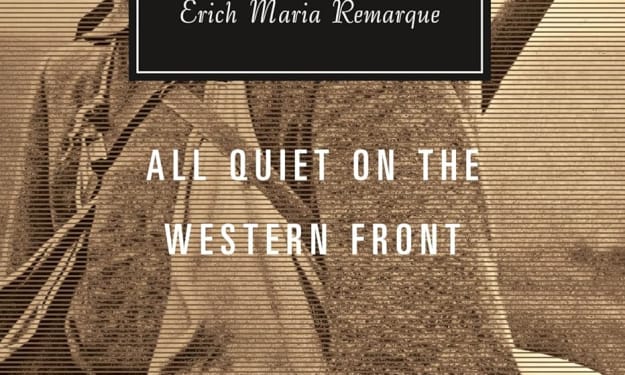
NOVEL
"A work of fiction" is the most common meaning of "novel." A novel is a long narrative story written in prose, typically longer and more complex than a short story. Novels can cover a wide range of genres, from romance and mystery to science fiction and historical fiction. They typically explore human experiences, emotions, and relationships. Beyond literature, "novel" denotes something demonstrably new, original, and possessing a unique character. This usage applies to various fields.
Analyzing a novel goes beyond simply enjoying the story. It's about delving into the author's craft, understanding the characters' motivations, and appreciating the world they inhabit.
1) Story
Plot: The sequence of events that drive the narrative. Analyze the structure (exposition, rising action, climax, falling action, resolution), identify conflicts (internal/external), and consider the pacing.
Genre: Is it a mystery, romance, dystopian tale? Genre conventions shape reader expectations and influence plot development.
2) Characters
Characterization: How are characters developed? Through their actions, dialogue, internal thoughts, or how others perceive them?
Motivation: What drives characters? Explore their desires, fears, and past experiences that shape their decisions.
Relationships: How do characters interact and influence each other? Consider the dynamics between protagonists, antagonists, and supporting characters.
3) Dialogue
Function: How does dialogue advance the plot, reveal character personalities, or create tension?
Style: Is the dialogue realistic, formal, humorous? Analyze how the author uses language to create distinct voices for each character.
4) Theme and Symbolism
Theme: The central message or underlying idea the author explores. Themes can be universal (love, loss) or specific to the genre.
Symbolism: When objects, characters, or situations represent something beyond their literal meaning. Analyze how symbols contribute to the theme.
5) Narration
Point of View: Who is telling the story? First-person ("I") offers a personal perspective, while third-person ("he," "she") can be limited (focusing on one character's thoughts) or omniscient (all-knowing narrator).
Narrative Voice: The narrator's tone and style. Is it objective, sarcastic, humorous? Consider how the narration shapes the reader's experience.
6) Philosophy and Psychology
Philosophical Underpinnings: Does the novel explore concepts like free will, morality, or the meaning of life?
Psychological Insights: How does the author portray human behavior and emotions? Consider the influence of psychology on character development and plot progression.
7) Culture, Influence, and Religion
Cultural Influence: How does the novel reflect or challenge societal norms, beliefs, and values?
Religious References: Are there religious symbols or allusions that contribute to the story's meaning?
Literary and Historical Context: How does the novel fit within its historical and literary context? Consider the influence of preceding works or historical events.
8) World Building
Setting: The time and place where the story unfolds. Analyze how the setting contributes to the atmosphere, creates challenges for characters, or reflects the themes.
Social Structure: How is society organized? Explore the power dynamics, economic systems, and social classes within the fictional world.
9) Adaptation
Transforming the Text: How does a film adaptation translate the novel's story, characters, and themes into a visual medium?
Creative Choices: Analyze how the director interprets the source material and makes choices about plot, character development, and visual representation.
10) Influence and Impact
Legacy: How has the novel influenced other writers or popular culture?
Critical Reception: How did critics receive the novel upon publication? Has its critical standing changed over time?
Fandom: How do readers engage with the novel after finishing it? Consider online communities, fan theories, or discussions about the book's meaning.
Literary Significance: How does the novel contribute to the literary canon or a specific genre?
11) Overall Conclusion
After analyzing these elements, synthesize your findings. How do the different aspects work together to create a cohesive and meaningful whole? What is the novel's enduring value?
Remember, analyzing a novel is a journey of discovery. Enjoy the process of peeling back the layers and appreciating the author's artistry.
About the Creator
Murali
Hi guys
Enjoyed the story? Support the Creator.
Subscribe for free to receive all their stories in your feed. You could also pledge your support or give them a one-off tip, letting them know you appreciate their work.
Reader insights
Outstanding
Excellent work. Looking forward to reading more!
Top insight
Heartfelt and relatable
The story invoked strong personal emotions






Comments (2)
Interesting story
I am also a novel reader I really love your story amazing welldone